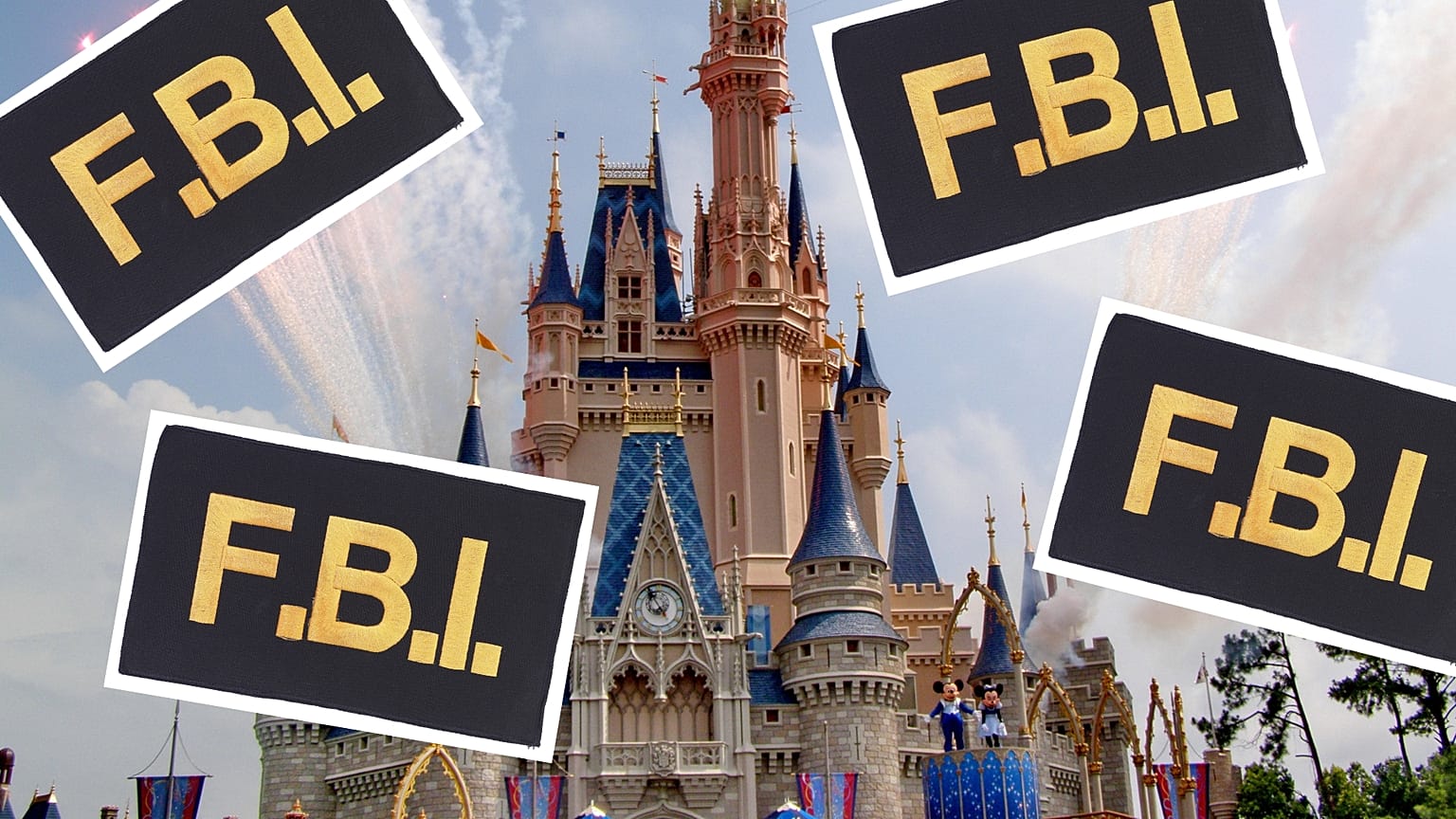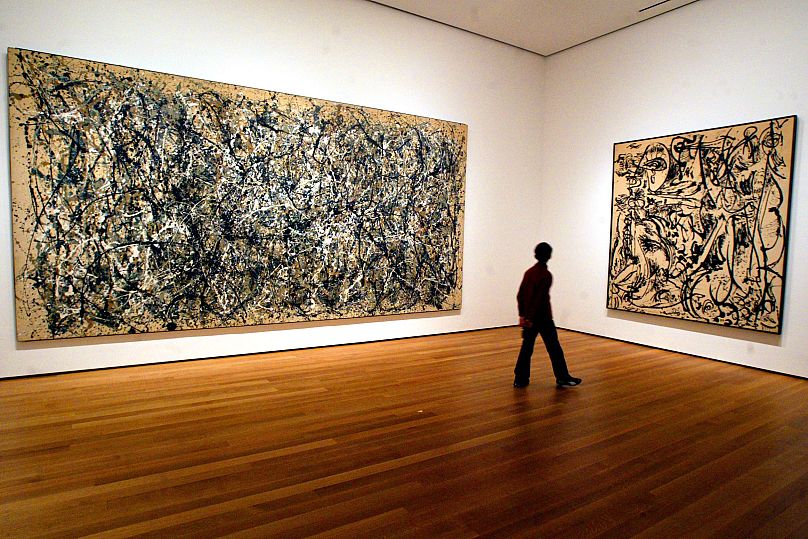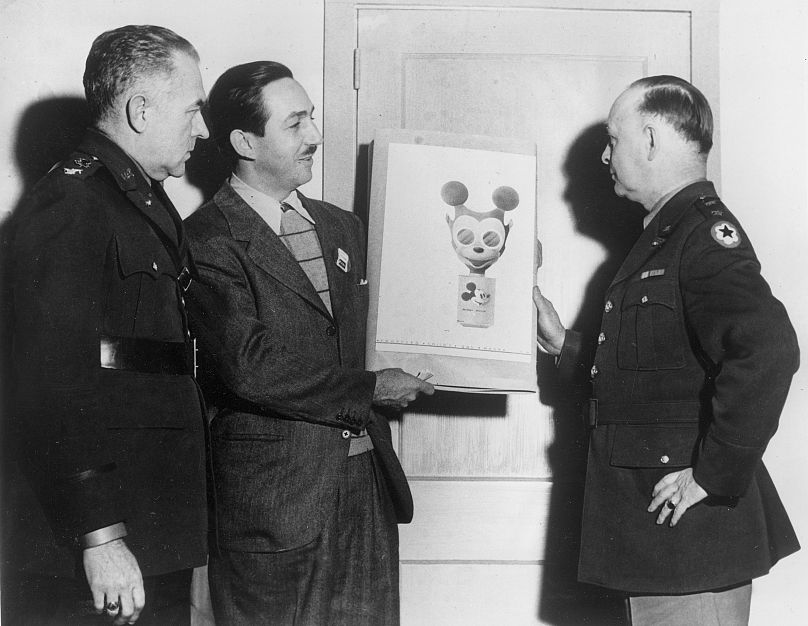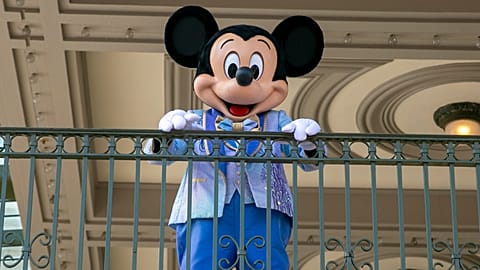The FBI has worked for and against cultural figures throughout the 20th century... But you may not know that Walt Disney was a government spook...
The history of the US’s government interfering with the arts is a long and storied affair.
There are all the musicians who’ve come under suspicion from the Federal Bureau of Investigation, which famously had files open on rockstars like John Lennon and Elvis Presley. Whether it was for Lennon’s interest in anti-Vietnam War advocacy or Presley’s ability to get fans' knickers in a twist, the highest domestic security branch felt they were important figures to tail.
Then there is the long list of Black artists the FBI has taken an interest in, from the days of FBI files cataloguing Jimi Hendrix’s LSD usage to the nationwide campaign to stop N.W.A. playing their hit song ‘Fuck Tha Police’.
It’s one thing when the government works against artists. That’s almost expected at this point. It’s a whole other when the government works with them.
For example, it was recently proven that the CIA promoted modernist artists like Jackson Pollock and Mark Rothko between the 50s and 60s as a weapon to prove that the US was more artistically free than the USSR.
It’s in the Cold War that you find the most examples of the US government playing strange games with culture.
At the height of the Red Scare, when Senator Joseph McCarthy’s House of Un-American Activities Committee was ruining the careers of artists left, right and centre (but mostly left), artists were often forced to sell out their peers in order to remain able to work.
After the celebrated A Streetcar Named Desire director Elia Kazan named colleagues at the HCUA in 1952, it led to his public shunning from many members of his industry, including Orson Welles.
With all this preamble, it’s time to turn to one of the most famous names in all of culture: Walt Disney.
On 10 November 1940, the media mogul was recruited by the FBI to spy on his own workers.
For context, at this point Disney was riding a wave of success amid the golden age of animation. Mickey Mouse had been developed in 1928 and Disney had already followed up the mouse with hits in the form of 1937’s Snow White and the Seven Dwarfs, and 1940’s Pinocchio.
At the time, the FBI was concerned about communist agitators in the US, as the country hesitated over joining the war raging over in Europe. You can read the correspondence between Disney and the FBI on the government website.
Working alongside the bureau, Disney provided information to undermine union work within his company.
A 1941 animators strike resulted in Disney labelling many of the animators as communists in front of the HCUA. Disney even let FBI director J. Edgar Hoover (who is named-checked in Killers of Flower Moon) to lend his creative ideas to some projects. In return, Disney was allowed to film on FBI premises, as well as ensuring his continued protection from the then-McCarthyist state.
In 1954, Disney was made a ‘Special Agent in Charge Contact’. He remained an informant to the FBI until his death in 1966.
When the information on his work was declassified, it also became clear a lot of the work the cultural titan had done with the government related to propaganda films.




















